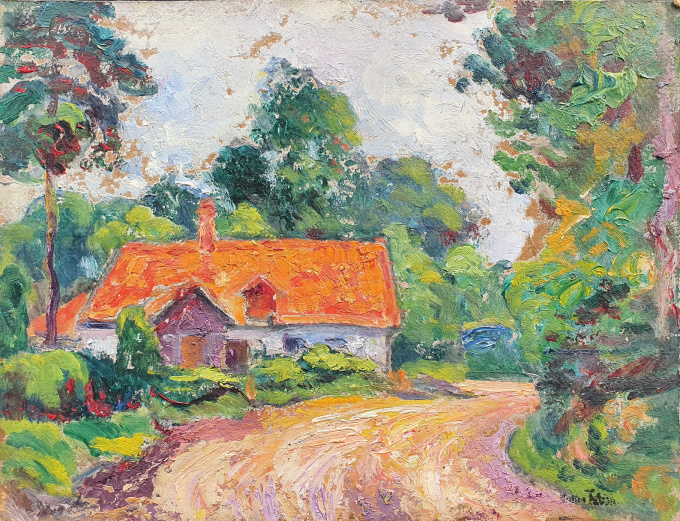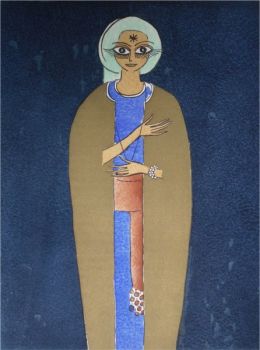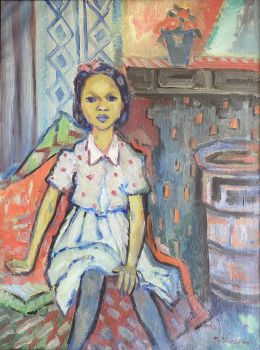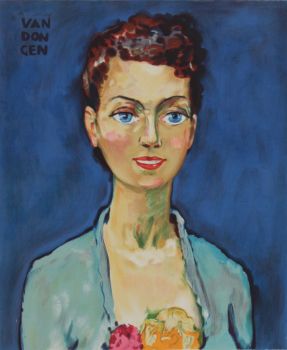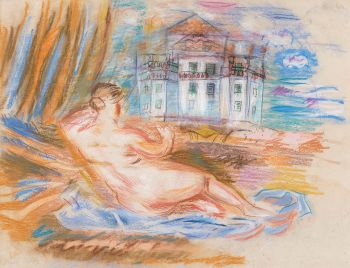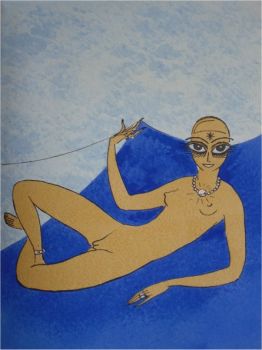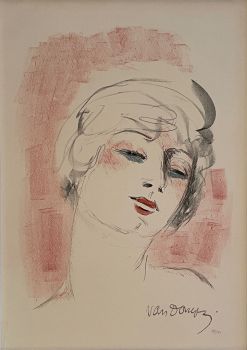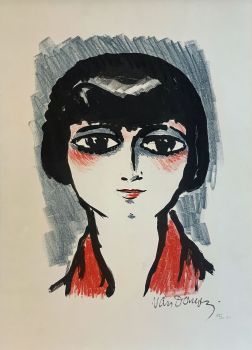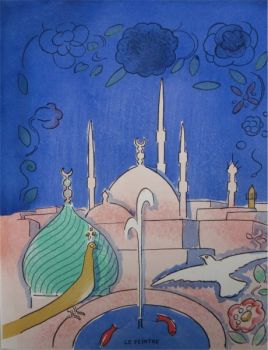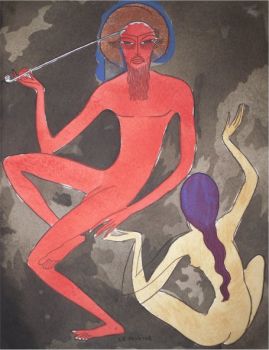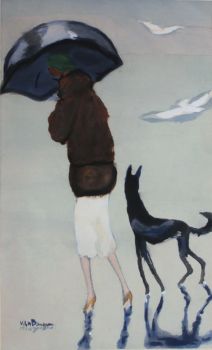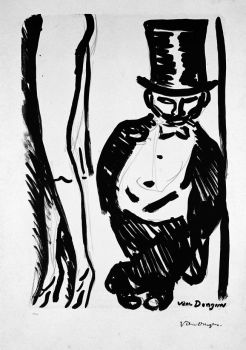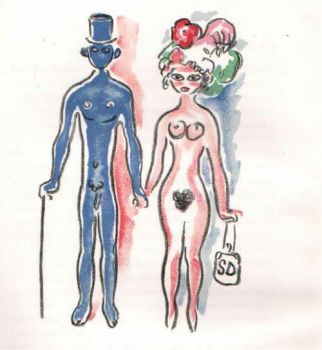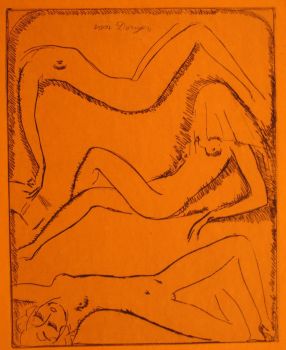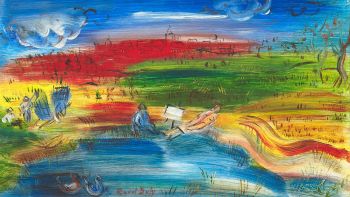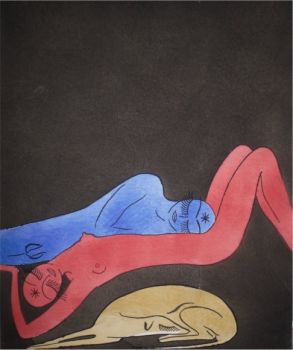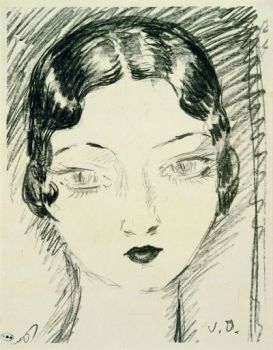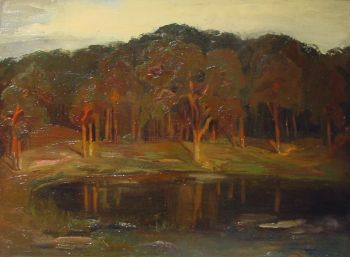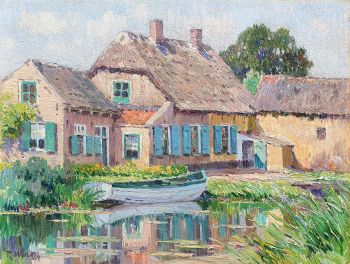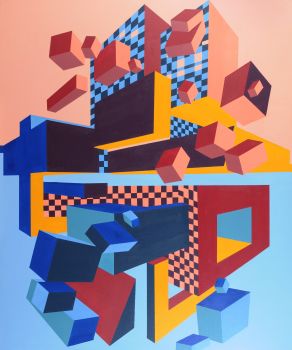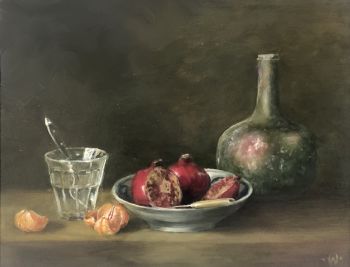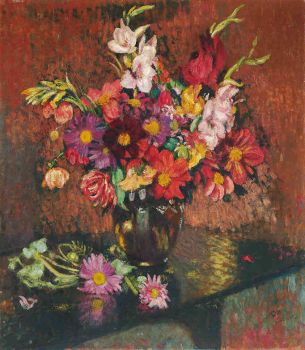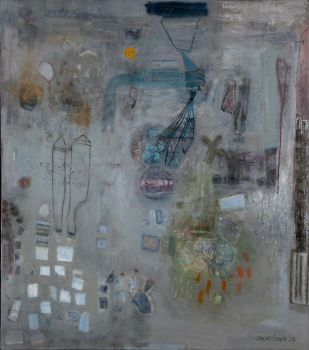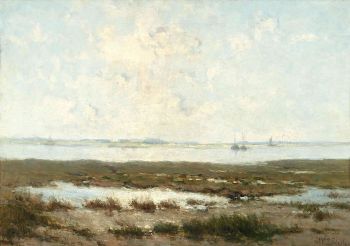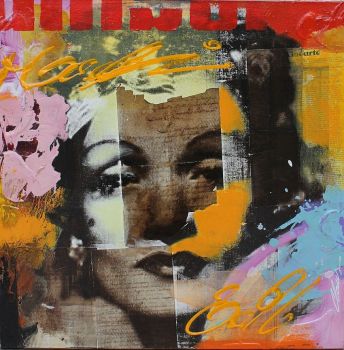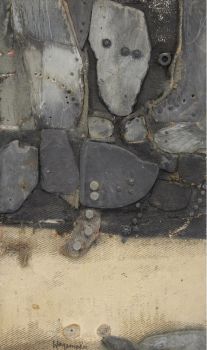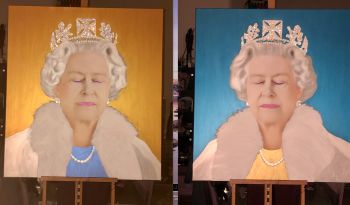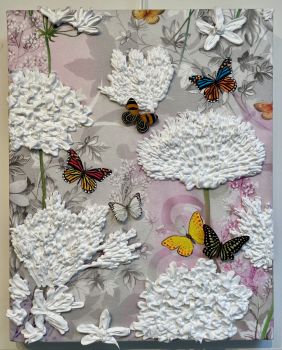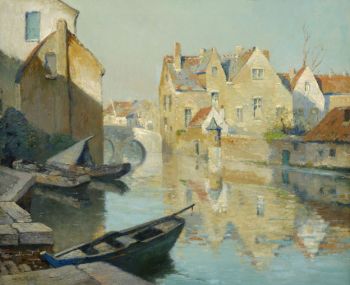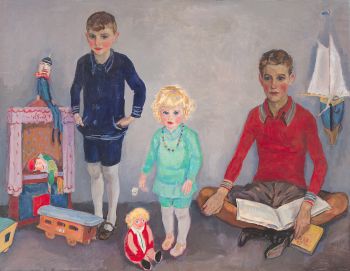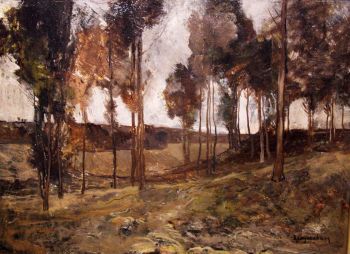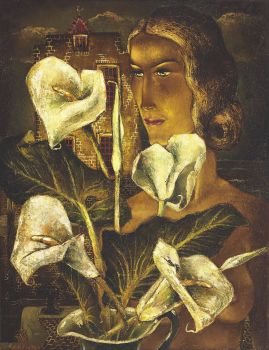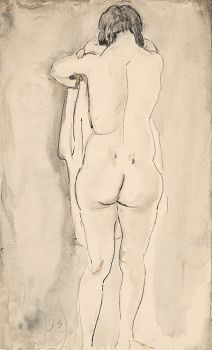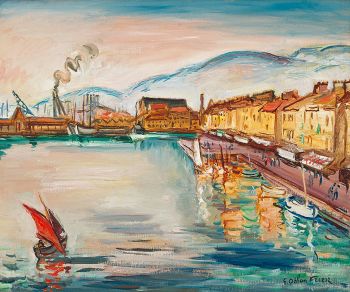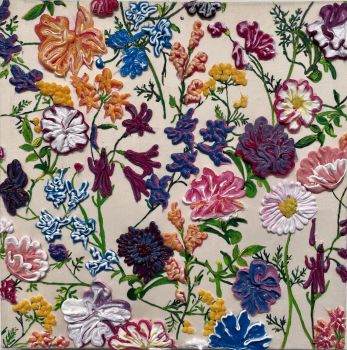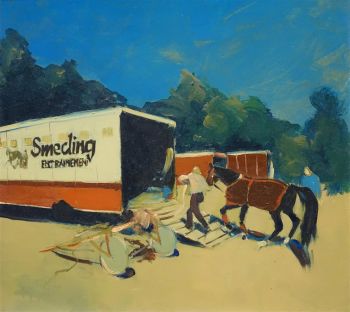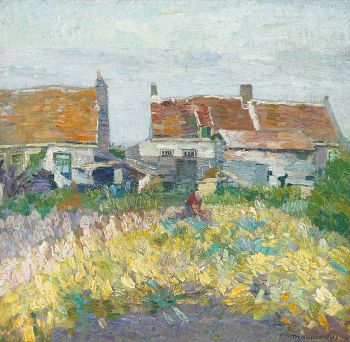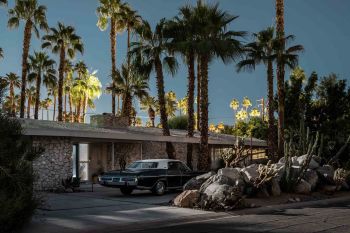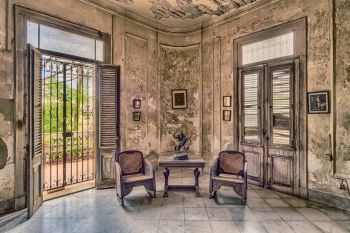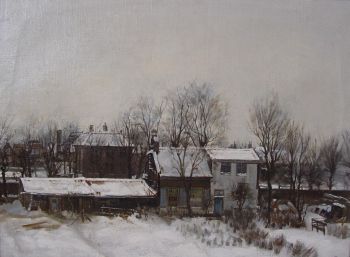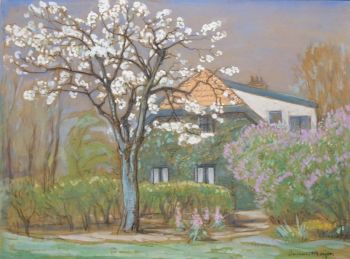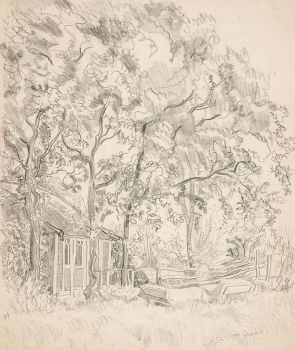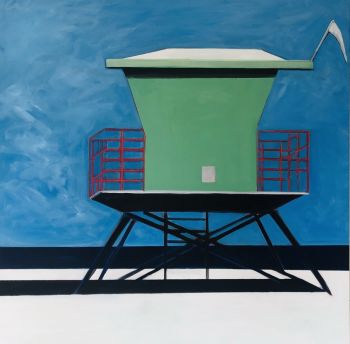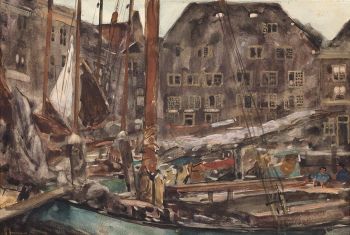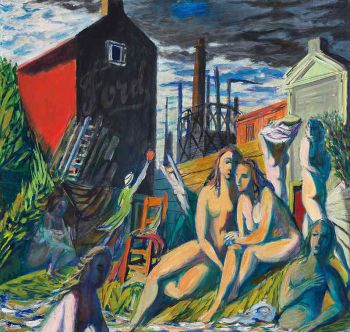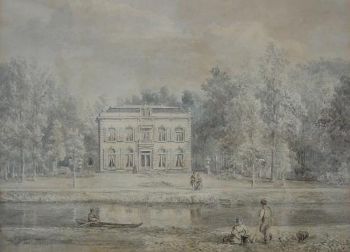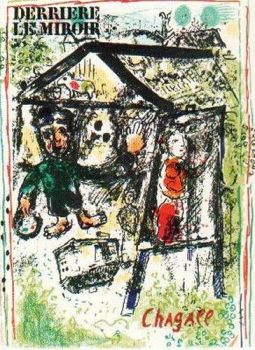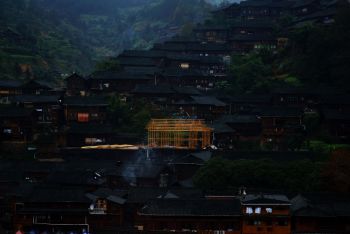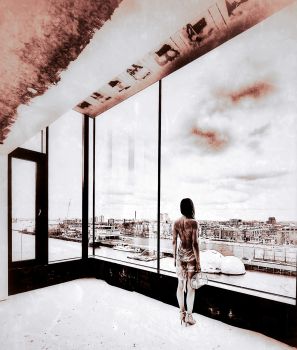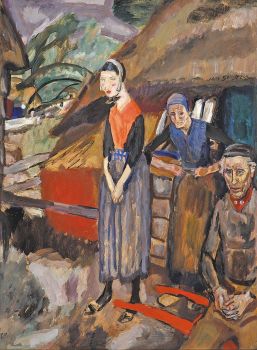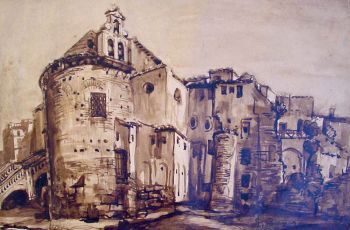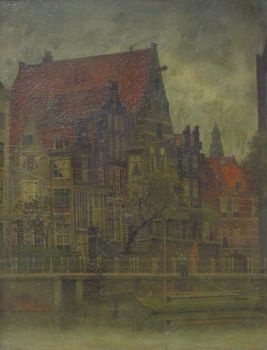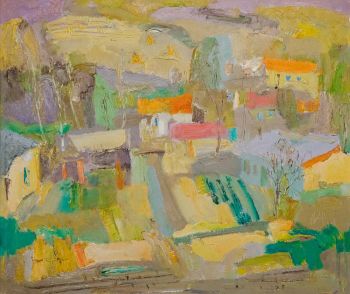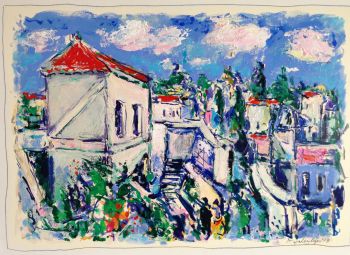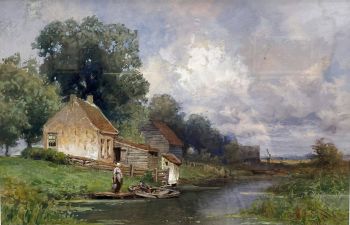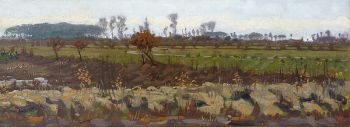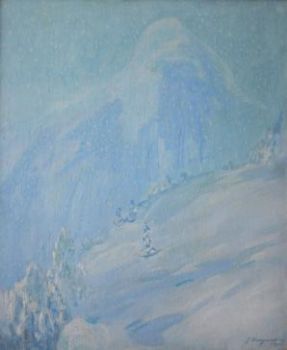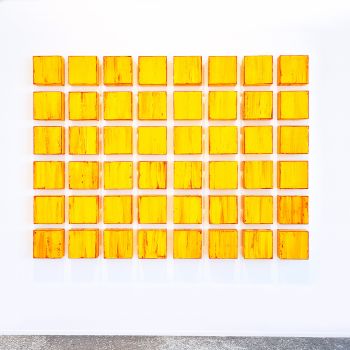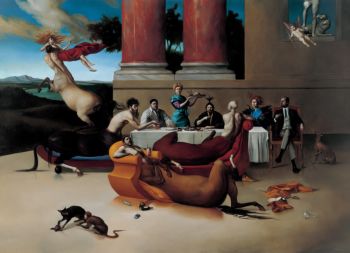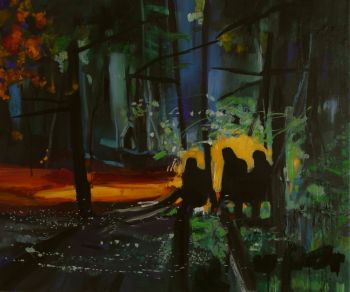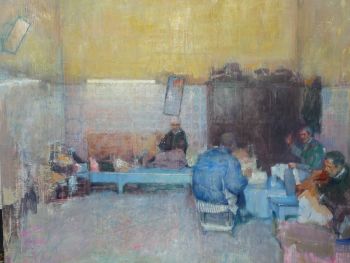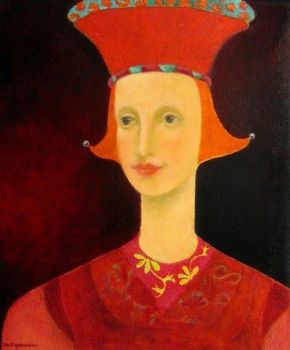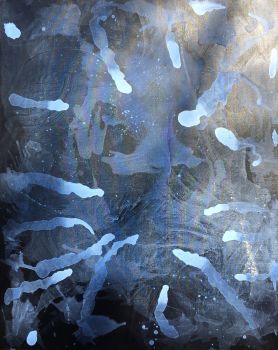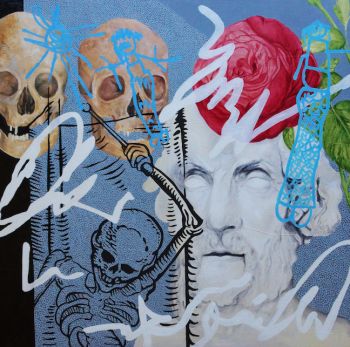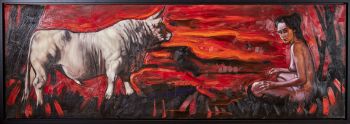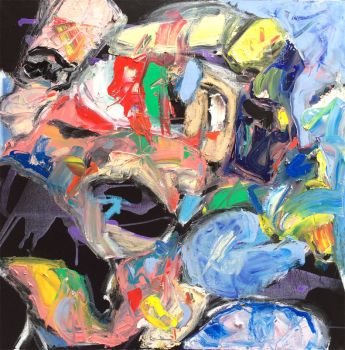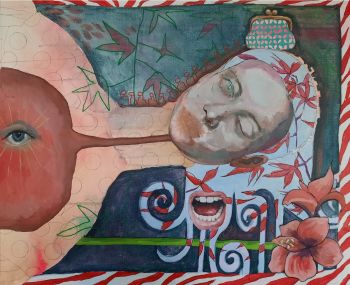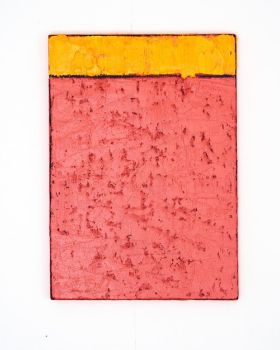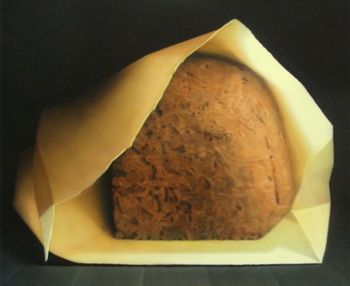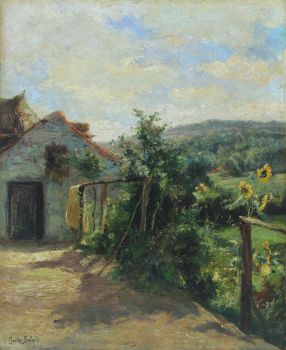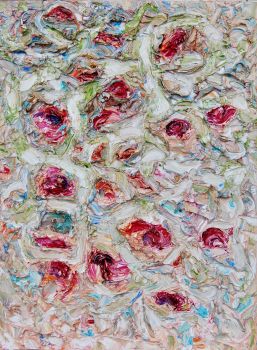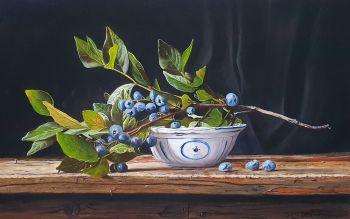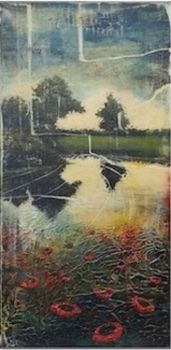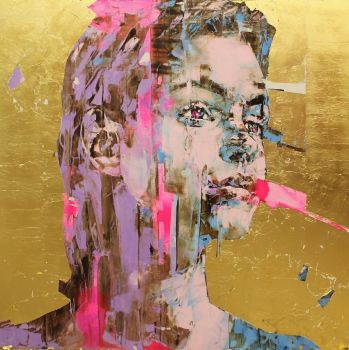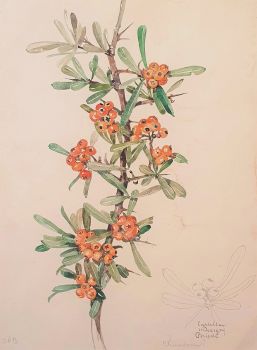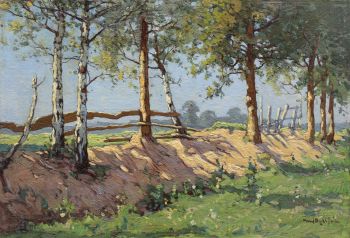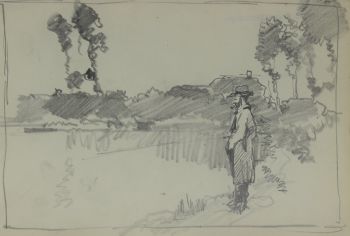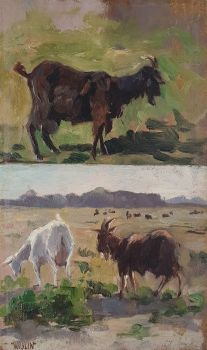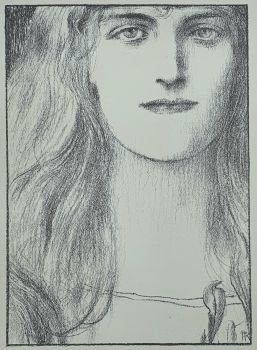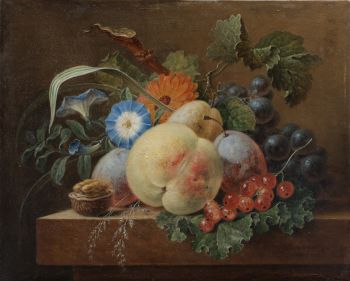House by the bend of a road – Huis bij een bocht in de weg 1880 - 1945
Julien-Hippolyte Féron
MaderaTableroPintura de aceitePintura
25 ⨯ 32.50 cm
ConditionExcellent
€ 1.050
Klooster Fine Art
- Sobre la obra de arte[EN]
Oil sketch of a red-roofed house by a road. Féron varied his brushwork, from thin and flowing to a thicker layer on parts of the foliage. In line with his friend Armand Guillaumin, his palette shows exaggerated colours. The road, painted in pinks, purples and yellows is painted with long brushstrokes, and bend of to the right. For the trees behind the house, Féron used paints with a slightly more subdued colour and blue shades in order to create a sense of depth.
Has a (smudged) a workshop stamp in the lower right corner and the back of the board.
[NL]
Olieverfschets van een huis met een rood dak naast een weg. Féron gebruikte een gevarieerde penseelvoering, met op een ene plaats dunne, vloeiende verf, en met meer verftextuur in de bladeren. Net als zijn raadgevende kunstvriend Armand Guillaumin gebruikte hij overdreven kleuren in zijn expressieve schilderijen. De weg, geschilderd in roze, paars en geel, is opgebouwd uit lange penseelstreken. Voor de bomen achter het huis gebruikte Féron een iets ingetogener palet en blauwe schaduwen, waardoor een groter gevoel voor diepte ontstond.
Rechtsonder voorzien van een [bewogen] werkplaatsstempel – evenals op de achterzijde. - Sobre el artista
Julien-Hippolyte Féron (1864-1945) nació en la ciudad normanda de Saint-Jean-du-Cardonnay. Se formó como ingeniero y gracias a su rico padre pudo iniciar un negocio como distribuidor de alcohol. Su empresa se convirtió en un gran éxito regional. Con el dinero que ganaba como comerciante podía permitirse un gran estudio de pintura.
Fue en gran medida autodidacta e inicialmente trabajó en un estilo impresionista relativamente genérico. Tras conocer a Armand Guillaumin en 1904, Féron cambió de estilo.
Su obra posterior a esa época está más en la línea de los fauvistas. Al igual que los fauves, Féron comenzó a utilizar colores brillantes, a veces sin mezclar. Usó su paleta nueva y brillante y su pincelada libre para pintar los paisajes de su región natal.
En varias ocasiones participó en exposiciones en París. El trabajo de Féron se mostró en el Salon des Artiste Indépendants y el Salon d'Automne, entre otros. Su obra se encuentra principalmente en colecciones privadas, pero también en el Musée Carnavalet.
¿Está interesado en comprar esta obra de arte?
Artwork details
Related artworks
- 1 - 4 / 24
Willem van Konijnenburg
Landscape in Limburg, the south of the Netherlands1868 - 1943
Precio a consultarKunsthandel Pygmalion
1 - 4 / 24Cornelis Stroo
Outskirts of Amsterdam in wintertime1860 - 1932
Precio a consultarKunsthandel Pygmalion
Emile Bernard
Sketch of the surroundings of Tonnerre1888 - 1941
Precio a consultarKunsthandel Pygmalion
1 - 4 / 24- 1 - 4 / 24
- 1 - 4 / 12

